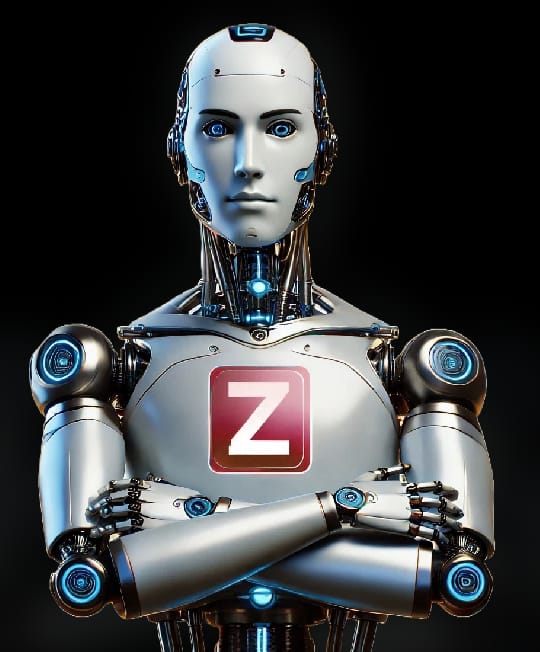Exploring Salesforce’s New Marketing Platform and Agentic AI
Salesforce has introduced a new marketing platform that is generating quite a bit of buzz, particularly because it incorporates what’s being called “agentic AI.” This is a concept that’s gaining traction, and it’s worth understanding what it means in the context of marketing technology.
Think of agentic AI as a step beyond the typical AI tools we’ve seen. Instead of just performing a single task when prompted, agentic AI systems are designed to break down a larger goal into smaller steps, figure out how to accomplish each step, and then execute them autonomously. It’s like having an intelligent assistant that can not only understand your request but also plan and carry out the work needed to fulfill it.
In the of marketing, this has some interesting implications. A traditional AI tool might help you write an email subject line or suggest keywords. An agentic AI system, , could potentially take a broader instruction, like “launch a campaign to reengage lapsed customers,” and then work through the process. This could involve identifying the segment of customers, crafting personalized messages, scheduling the delivery, and even monitoring the results and making adjustments.
What Agentic AI Means for Marketers
The introduction of agentic AI into a major platform like Salesforce suggests a shift in how marketing automation and AI will function in the future. It moves from AI as a helpful feature to AI as a more proactive participant in marketing activities.
For marketers, this could mean several things:
- More complex tasks could be automated. Instead of just automating repetitive actions, agentic AI could handle multistep processes that currently require significant human intervention.
- Faster execution of campaigns. By autonomously handling various stages of a campaign, the time from idea to execution could be significantly reduced.
- Potential for more personalized and targeted marketing at scale. Agentic AI could analyze customer data and create highly specific marketing actions for individual or small groups of customers without requiring a marketer to manually configure each interaction.
- A change in the marketer’s role. Instead of being focused on executing individual tasks, marketers might spend more time defining strategies, setting goals for the AI, and overseeing its performance.
It’s important to note that while the concept is powerful, there are also considerations. The level of autonomy in agentic AI means that marketers need to have trust in the system and clear oversight mechanisms. Understanding how the AI is making decisions and the ability to intervene if needed will be critical.
Salesforce’s Approach to Agentic AI in Marketing
Salesforce integrating agentic AI into their platform indicates a belief in its potential to transform marketing workflows. The specific capabilities and how they are implemented will be key to their effectiveness.
Based on the concept of agentic AI, one could imagine the platform offering features that:
- Automatically generate and test different versions of marketing copy or creative based on performance goals.
- Identify and segment audiences based on complex criteria and then automatically initiate campaigns.
- Monitor campaign performance in realtime and make autonomous adjustments to targeting, budget allocation, or messaging to improve results.
- Generate reports and insights on campaign effectiveness, highlighting key takeaways and suggesting future actions.
The goal seems to be to empower marketers to achieve more ambitious goals with less manual effort, allowing them to focus on higherlevel strategy and creativity.
The Potential and Challenges of Agentic AI in Marketing
The potential benefits of agentic AI in marketing are significant. It could lead to more operations, more effective campaigns, and ultimately, better customer experiences. By automating complex tasks, marketers could be freed up to focus on strategic thinking, creativity, and building relationships.
, there are also challenges to consider. One of the primary challenges is ensuring that the AI operates in a way that with brand values and regulatory requirements. With a higher degree of autonomy, there’s a need for controls and transparency.
Another challenge is the data required to power these systems. Agentic AI relies heavily on data to make informed decisions and execute tasks effectively. Ensuring access to clean, , and relevant data is .
There’s also the question of explainability. As AI systems become more complex and autonomous, understanding why they made a particular decision can become more difficult. For marketers, being able to explain campaign performance and justify strategies is important, so the ability to understand the AI’s reasoning is valuable.
Finally, there’s the human element. While agentic AI can automate many tasks, human oversight, creativity, and strategic thinking remain . The most effective use of agentic AI will likely involve a collaboration between humans and machines, where each brings their unique strengths to the table.
Looking Ahead
Salesforce’s move to incorporate agentic AI into their marketing platform is a signal that this technology is moving from theoretical discussions to practical applications. As these systems become more sophisticated, they have the potential to significantly alter the marketing technology and the daytoday work of marketers.
For marketers, it will be important to understand the capabilities and limitations of agentic AI, and to think about how these tools can be best leveraged to achieve marketing objectives. As with any new technology, there will be a learning , and experimentation will be key to ing the most effective ways to use these powerful new capabilities.
The development of agentic AI in marketing platforms is a step towards a future where AI plays a more proactive and integrated role in driving marketing success. It’s a development worth watching closely.
